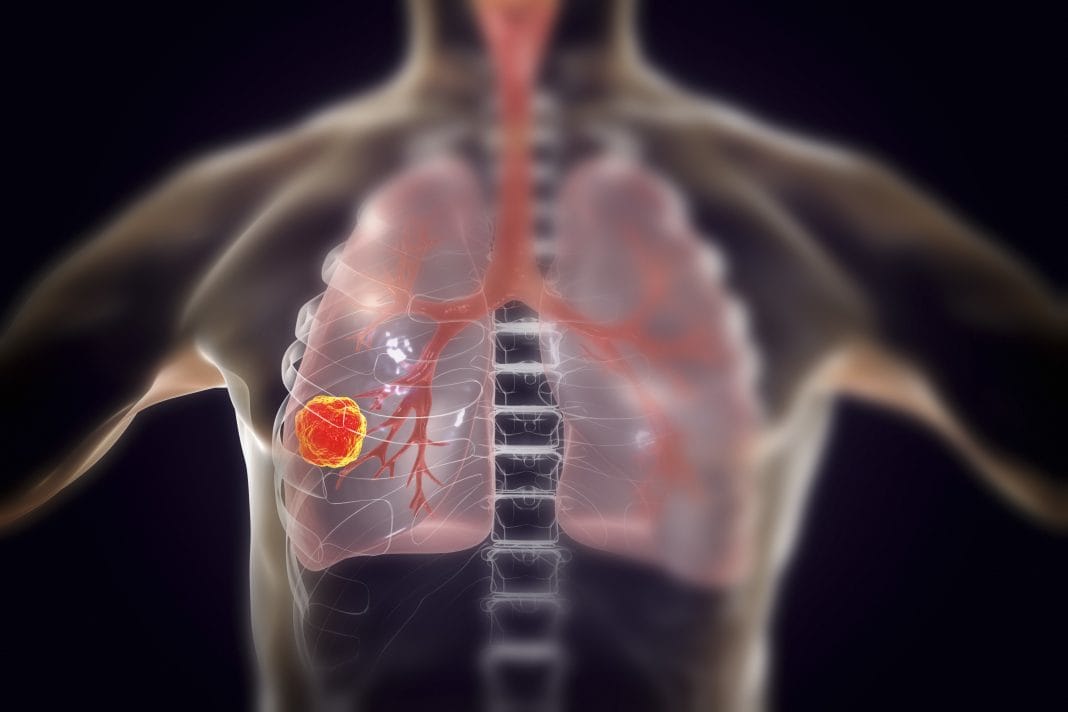Researchers from Zhejiang University, spearheaded by Pingwei Liu, PhD, along with Qingyue Wang (PhD), have created an extremely sensitive sensor that can detect lung cancer using exhaled breath. This novel Pt@InNiOx nanoflake sensor is capable of identifying isoprene, a vital biomarker for lung cancer, at levels as low as 2 parts per billion (ppb), which is the lowest detection threshold known for such devices.
Non-Invasive Cancer Detection
This advancement represents a non-invasive and affordable approach for the early detection of lung cancer. During experiments, a portable device equipped with these sensors effectively distinguished between breath samples from patients with lung cancer and those who are healthy. Patients suffering from cancer showed isoprene concentrations below 40 ppb, while healthy individuals had levels above 60 ppb.
How It Works
The effectiveness of the sensor is attributed to its distinctive nanoflake design, which enhances isoprene detection by improving how molecules stick and interact with electrons. This research highlights the technology’s potential for real-time health monitoring, which is important for early detection and improved health outcomes.
Future Steps Needed
However, the researchers caution that more research and clinical trials are required prior to bringing this technology to market. Advancements in data analysis, sensor integration, and a deeper understanding of the relationship between breath isoprene levels and lung cancer are essential for wider acceptance. Still, if further developed, this technology could revolutionize lung cancer screenings by providing a low-cost, non-invasive method that can enhance patient outcomes and potentially save lives.
Genetic Engineering and Biotechnology news.


Leave a Reply